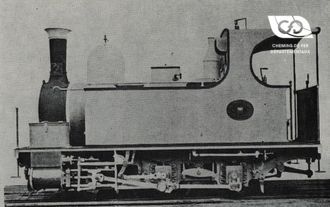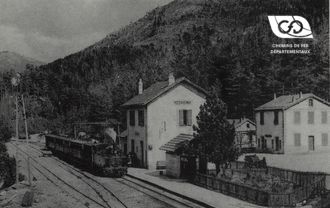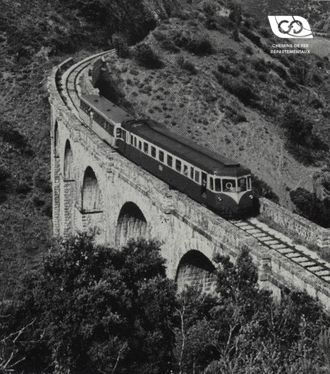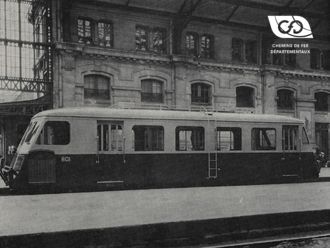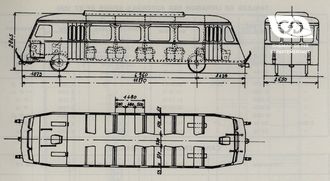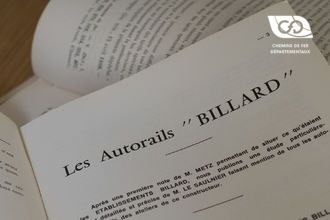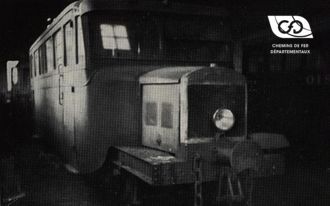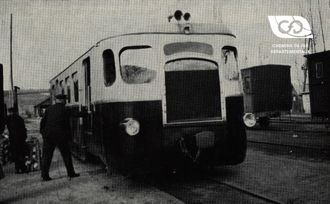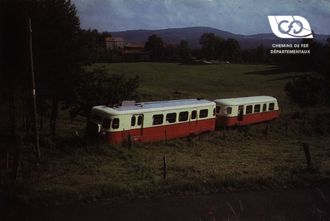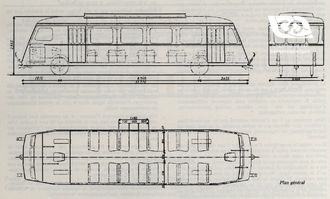The term light railcar must be associated with a questioning of a number of 150-year-old constraints if it is to have any meaning. This means that new operating conditions must be considered for this equipment, and in particular the non-banking with conventional equipment. Otherwise, this notion of lightness must be replaced by the term "cheap railcar"
If, indeed, it is imperative to :
1° Keep the frame at the height of the standard buffer at 1 m 025 to undergo the compression tests of 150 tons to be incorporated into traditional equipment.
2° Weigh a minimum of 12/13 tons per axle to ensure shunting.
3° Use only railway components for which there is no possible competition on the market.
There are no more light railcars or cheap railcars, and SNCF can offer a wide choice of proven solutions from the unified 150 hp to the recent X 2100.








